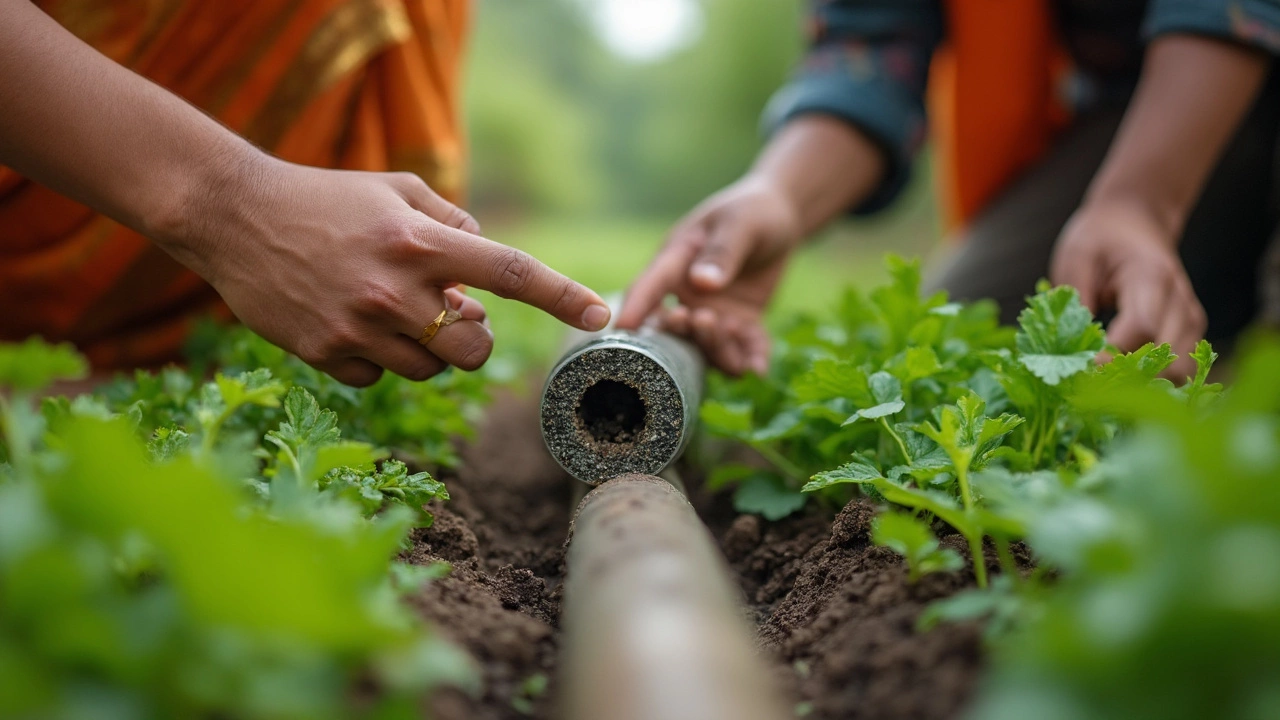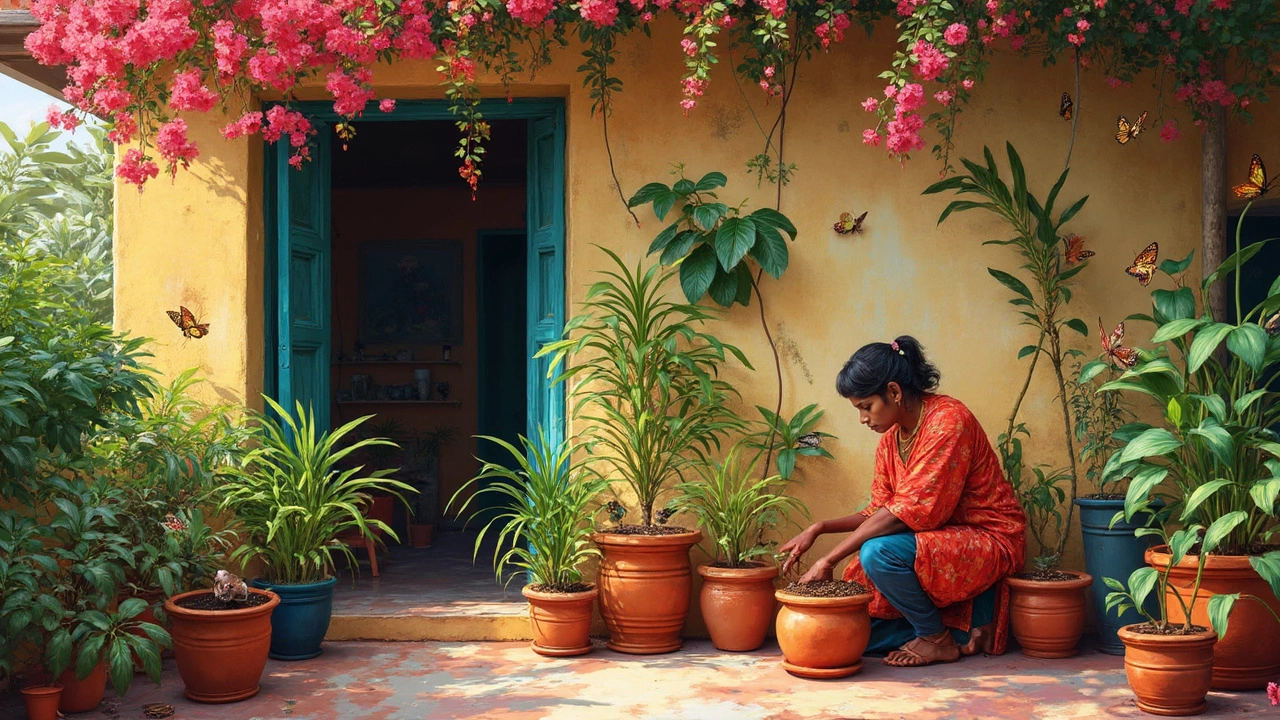Drip System Repair – Fix Leaks, Save Water, Grow Better
When working with drip system repair, the process of locating and fixing leaks, clogs, or pressure problems in a drip irrigation network. Also known as drip line maintenance, it keeps water delivery efficient and plants thriving. A healthy drip line is a core part of drip irrigation, a low‑volume watering method that places water directly at the root zone. Understanding how these two concepts link helps you spot issues before they waste gallons or starve seedlings.
Why Repair Matters: Water Efficiency and Plant Health
Every leak or blocked emitter reduces the system’s water efficiency – a single pinhole can waste enough water to dry out a small container garden in a day. Repairs boost pressure balance, which in turn keeps soil moisture consistent. Consistency matters because uneven moisture leads to root stress, nutrient imbalance, and weaker plants. By fixing a faulty line you also protect the soil structure: fewer puddles mean less compaction and better aeration.
Common problems include cracked tubing, mineral buildup, and emitter clogging from fertilizers. The first step is a visual sweep: look for soggy spots, dry zones, or droplet sprays. Then use a pressure gauge to confirm the system’s flow rate matches the manufacturer’s specs. If the pressure is low, the likely culprits are a blocked filter or a torn hose.
Another often‑overlooked factor is mulch, a layer of organic or inorganic material placed over soil to retain moisture. Mulch can hide leaks, but it also protects emitters from sunlight and temperature swings. When mulch is too thick, water may pool above it, disguising a clogged line. The sweet spot is a 2‑3 inch layer that lets water seep down while still shielding the drip line.
Soil type plays a role too. Garden soil, the medium that holds water, air, and nutrients for plant roots that is overly compacted or sandy will react differently to a repaired system. In heavy clay, a repaired line can cause runoff if flow is too fast, while in sandy loam a slight increase in pressure improves deep penetration. Adjust emitter spacing or flow rate based on the soil’s water‑holding capacity.
Ready to tackle a fix? Start by turning off the water supply, then gently disconnect the suspect section. Replace cracked tubing with a new piece, using push‑fit connectors for a secure seal. Clean clogged emitters with a pin or soak them in a vinegar‑water solution to dissolve mineral deposits. Re‑assemble, re‑pressurize, and run a quick test – watch for steady droplets at each emitter. If you prefer a step‑by‑step walkthrough, our DIY guide on drip irrigation installation walks you through tool selection, trenching, and final adjustments.
With those basics covered, you’ll find the rest of the articles on this page line up nicely – from container‑garden watering schedules to mulch‑under‑drip tips. Dive in to see real‑world examples, cost‑effective tools, and extra tricks that keep your garden humming all season long.
Drip Line Clogging: Why It Happens and How to Fix It
Clogged drip lines can turn a garden from lush to lackluster fast. This article breaks down the reasons your drip irrigation keeps getting blocked, from tiny bits of dirt to sneaky mineral buildups. Learn how water quality, neglected filters, and outside pests create headaches for gardeners. Get straight-to-the-point tips for preventing and tackling clogs. No more guessing—just clear, practical fixes so you can keep your plants happy.
- manufacturing
- India
- food processing
- garden tips
- rice cultivation
- government schemes
- balcony garden
- urban gardening
- balcony gardening
- profitable business
- business ideas
- plastic manufacturing
- drip irrigation
- plant care
- steel manufacturing
- sustainable gardening
- startup ideas
- steel industry
- flower gardening
- textile manufacturers






